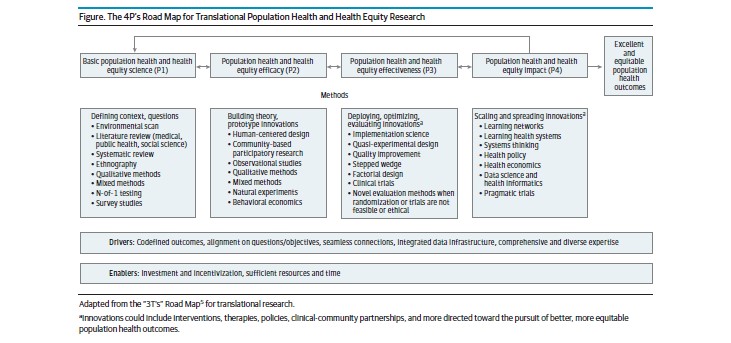Fresh Concerns About a ‘Forgotten’ Killer
Research By: Andrea Beaton, MD
Post Date: August 23, 2021 | Publish Date: Aug. 19, 2021

New Research Findings Bust a Myth About Rheumatic Fever Being a ‘Rare’ Cause of Deadly Rheumatic Heart Disease in Africa
In the 1920s, rheumatic fever was the leading cause of death among young people aged 5 to 20 years in the United States. But since the late 1970s, the condition has become so rare that it ceased to be a reportable disease and most US doctors today have never encountered a death caused by a routine group A Streptococcus infection—better known as strep throat.
However, in low-income nations, the unwanted outcome of undertreated strep throat remains a serious threat to child health. Worldwide, more than 40.5 million cases occur and more than 350,000 children and adults a year die from heart damage caused by rheumatic fever.
Now, a team of scientists from Cincinnati Children’s, the University of Washington, the Uganda Heart Institute and others have taken a deep, in-person look at the lack of diagnosis of rheumatic fever in sub-Saharan Africa. Their findings, published Aug. 19, 2021, in Lancet Global Health, remind the medical world that severe gaps in health technology access are causing large numbers of preventable deaths.
“This matters. Access to life-saving heart surgery is only available to a very small fraction of patients in Africa who have irreversible heart damage from rheumatic heart disease. It’s time to focus upstream on capturing these conditions sooner, even in low-resource settings, so we can implement life-sustaining and cost-saving preventive treatments that can prevent further heart damage,” says Craig Sable, MD, Associate Chief of Cardiology at Children’s National Hospital and one of the senior authors of the study.
Cincinnati Children’s cardiologist Andrea Beaton, MD, was another senior author of the study. She has devoted years to traveling back and forth to Uganda and other African nations to learn more about why a disease that has been conquered by basic antibiotics in the West remains such a stubborn cause of death for so many people.
“Some die as children, some as teens, some in pregnancy,” Beaton says. “In Uganda, 30 percent of kids die within nine months of diagnosis, which reflects the late stage of their disease at presentation.”
What is Rheumatic Fever?
Rheumatic fever is a medical term for an old disease that describes what can occur when group A strep infections (strep throat) go under-treated. The potentially deadly complication of rheumatic fever is rheumatic heart disease, which describes the tissue damage–primarily to heart valves–that can lead to heart failure and death. The damage from untreated strep throat can go undetected for years.
A century ago, children with rheumatic heart disease often spent weeks, even months in hospitals as their damaged hearts gradually failed them. But disease incidence plummeted after the explosion of antibiotics after World War II. And in developed nations steadily advancing cardiac surgery techniques rescued many lives among those few who developed heart complications.
New Focus on an Old Inequity
The experience in less developed nations is not so successful. In Uganda, and many nations in the African Union (AU), deaths from rheumatic heart disease remain common, even though the condition that classically precedes rheumatic heart disease–rheumatic fever–remains uncommonly diagnosed.
“This new study shows that rheumatic fever, in its classical form, is out there, affecting children in low-resource settings but hiding undiagnosed among other common illnesses of childhood,” Beaton says
Confirming the gap in diagnoses was no simple feat. The study required establishing acute rheumatic fever clinics at two regional hospitals in Uganda and launching a comprehensive messaging campaign to encourage communities and health-care workers to refer children with suspected cases.
“Even people who supported the study thought it could not be done,” Beaton says. “But we built a strong collaboration with our partners in Uganda and overcame the challenges.”
A Call for Accelerated Health Investment
Scaling up prevention and treatment services for rheumatic heart disease could avert 74,000 deaths or more across the African Union (AU) in the next decade, according to a related editorial co-authored by Beaton.
“We found this study to be a powerful call to action. To make a difference, the focus should be on finding people living with rheumatic heart disease, initiating secondary prevention to prevent progression, and ensuring access to interventional services for individuals who have progressed to advanced rheumatic heart disease,” they write. “Only a small fraction of people living with rheumatic heart disease receive a timely diagnosis, and most individuals miss the period when secondary prophylaxis can be effective at preventing disease progression.”
Ultimately, however, the ongoing global burden of rheumatic heart disease supports accelerated efforts to develop an effective vaccine against group A streptococcal diseases.
Read the study in Lancet Global Health
| Original title: | Incidence of acute rheumatic fever in northern and western Uganda: a prospective, population-based study |
| Published in: | The Lancet Global Health |
| Publish date: | Aug. 19, 2021 |
Research By







